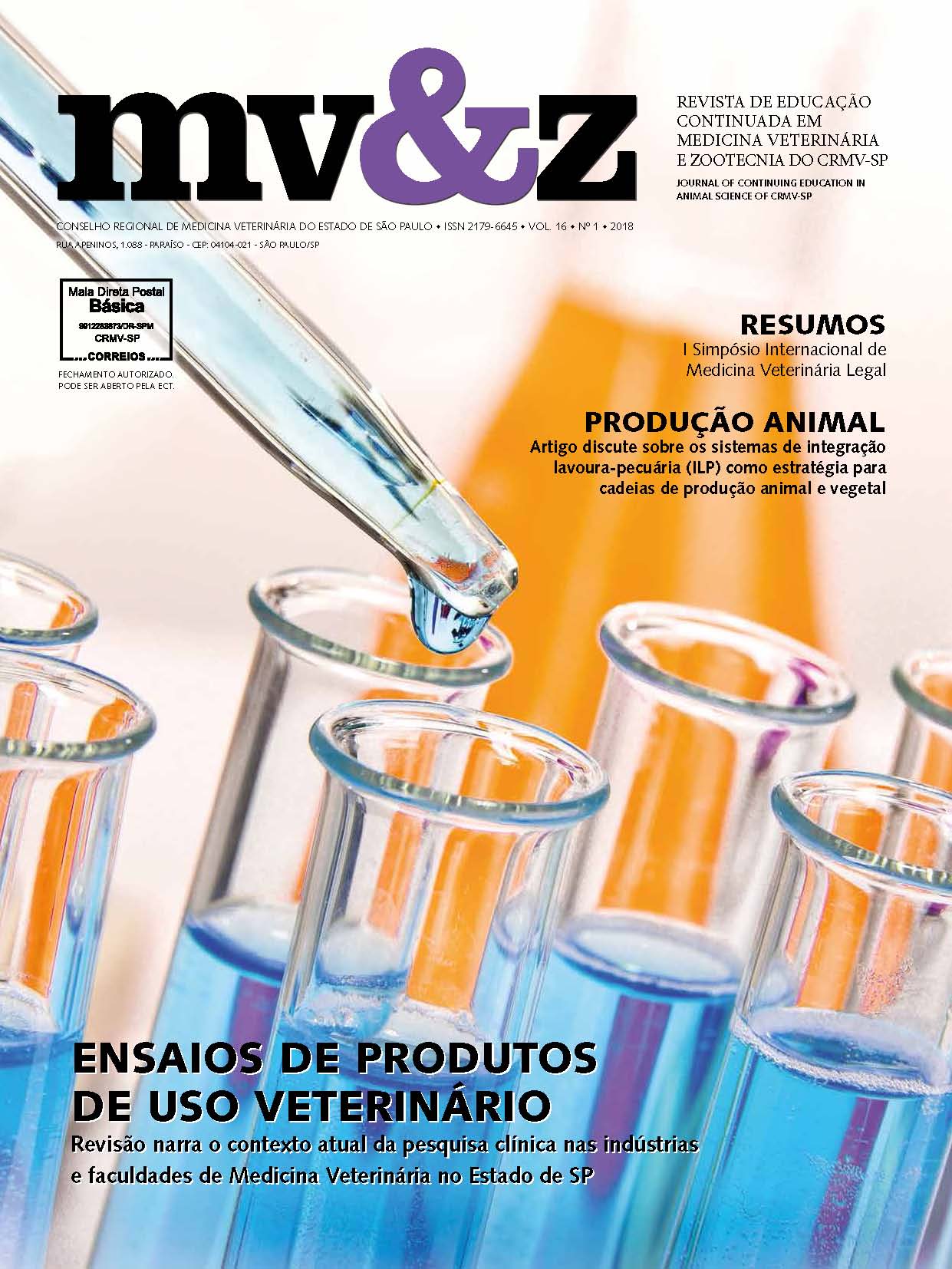L. Perles
Universidade Estadual Paulista, Faculdade de Ciências Agrárias e Veterinárias, Departamento de Patologia Veterinária
G. Piovan
Universidade Estadual Paulista, Faculdade de Ciências Agrárias e Veterinárias, Departamento de Patologia Veterinária
A. Matsui
Universidade Estadual Paulista, Faculdade de Ciências Agrárias e Veterinárias, Departamento de Patologia Veterinária
M. C. Luzzi
Universidade Estadual Paulista, Faculdade de Ciências Agrárias e Veterinárias, Departamento de Patologia Veterinária
J. H. Monteiro
Universidade Estadual Paulista, Faculdade de Ciências Agrárias e Veterinárias, Departamento de Patologia Veterinária
R. O. Vasconcelos
Universidade Estadual Paulista, Faculdade de Ciências Agrárias e Veterinárias, Departamento de Patologia Veterinária
Abstract
The retail business known as “pet shops” or “pet stores” are places where medicines, food, and accessories for animals are commercialized, and many of them provide other services such as hygienic care (pet cleaning and grooming). In Brazil, this field of activity is increasing every year, and it is estimated that the city of São Paulo has more than 4,000 pet shops available (ASSOCIAÇÃO BRASILEIRA DA INDÚSTRIA DE PRODUTOS PARA ANIMAIS DE ESTIMAÇÃO, 2014). Brazilian pet industry was responsible for an income of R$ 18 billion in 2015, a growth of 7.6% over 2014, and occupies the third place in the worldwide market (PETBRASIL, [201-]). Though the first demand of pet shops is for pet food, hygienic care of dogs and cats occupies the second place (ASSOCIAÇÃO BRASILEIRA DA INDÚSTRIA DE PRODUTOS PARA ANIMAIS DE ESTIMAÇÃO, 2014). Another element that contributes for the growing of pet sector is “humanization” of pets, as well as the fact that many owners don´t have time or skill to perform the proper hygiene of their animals (ASSOCIAÇÃO BRASILEIRA DA INDÚSTRIA DE PRODUTOS PARA ANIMAIS DE ESTIMAÇÃO, 2014; CONSELHO REGIONAL DE MEDICINA VETERINÁRIA DO ESTADO DE SÃO PAULO, 2015). Due to anxiety, aggression, and panic that some animals may present during bathing or grooming, some of them could die from respiratory collapse as a result of stress (MARIA; REGO; MAIORKA, 2013). In these animals, the death Results: from edema and pulmonary hemorrhage, and it can happen in a few minutes after the onset of clinical signs (MARIA, 2010). Psychological, physical and social stressors are classified according to duration (acute or chronic), intensity (low, moderate or high) and other characteristics. Cold, heat, noise and vibration are considered physical stressors. Anxiety, fear, and frustration are included in psychological stressors; dominance, the Introduction: of new individuals into the habitat, transfer of habitats, are examples of the social ones (PACAK; MCCARTY, 2007). These stressors can imbalance animal homeostasis and change biological functions (SELYE, 1936; SELYE, 1956; MOBERG, 2001). It is important that people who works in pet shops are suitably qualified, mainly to be able to use the correct techniques and to recognize the signs that these animals could present and minimize the occurrence of deaths during procedures (MARIA et al., 2015). This case report has is the description of an animal death related to stressing factors in a pet shop, aiming to contribute to the scarce literature on factors that interfere with animal welfare.
